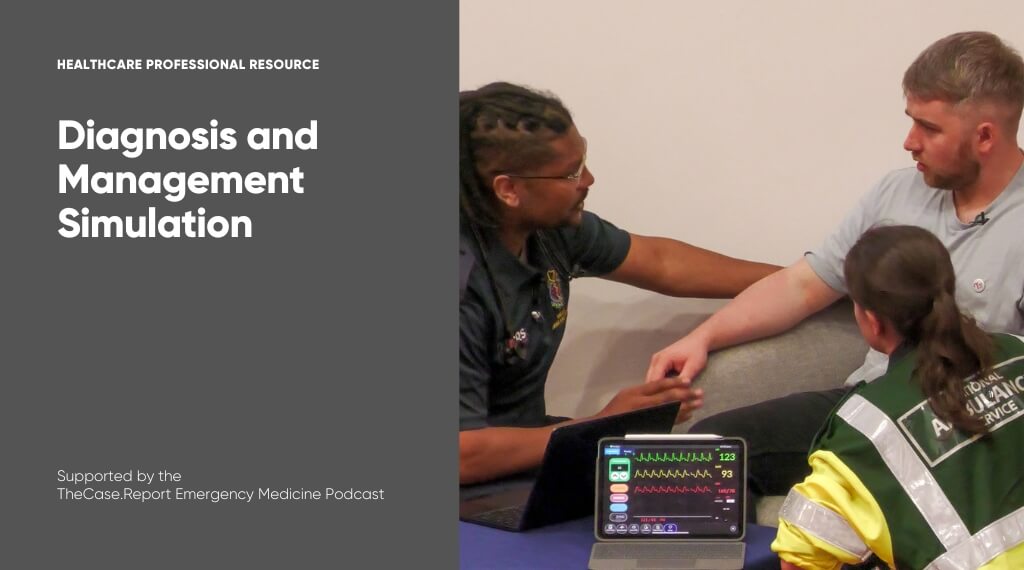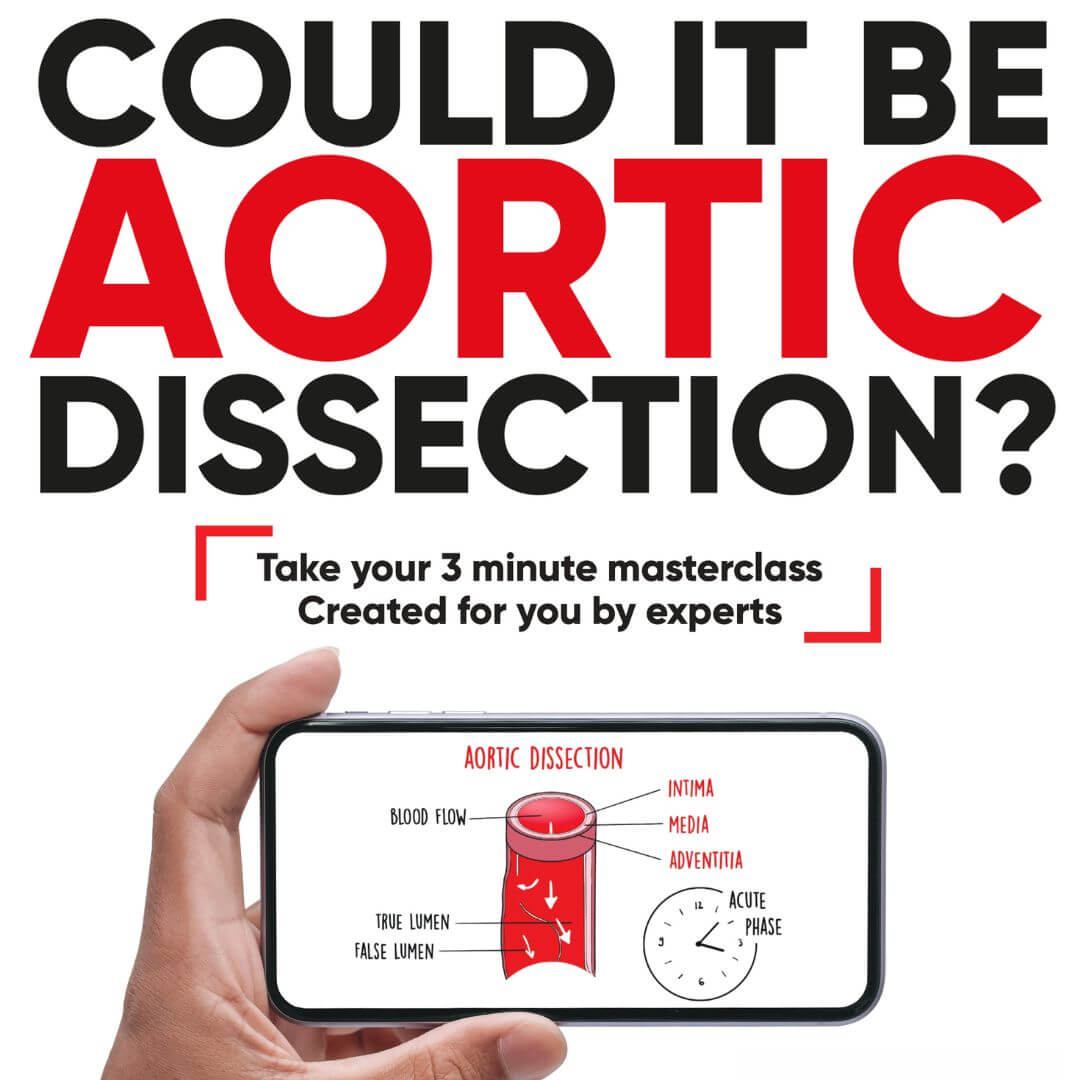Aortic dissection continues to be a condition marked by urgency, complexity, and tragically frequent misdiagnosis. Across the UK and Ireland, we hear far too many stories that echo the same alarming themes: delays in diagnosis, overlooked warning signs, and survival through persistence or sheer luck. The nature of aortic dissection often defies textbook presentation, with patients reporting symptoms that are varied, subtle, or misattributed to more common conditions like myocardial infarction or musculoskeletal pain. Without training and experience, healthcare professionals can struggle to identify the red flags that point to this rare but deadly condition.
The Role of Simulation in Enhancing Clinical Readiness
It is within this context that simulation-based education becomes not only beneficial but essential. Medical simulation provides a controlled, risk-free environment in which healthcare professionals can confront realistic clinical scenarios, make decisions under pressure, and learn from both successes and mistakes. This form of training is especially valuable in emergency settings where the margin for error is slim and the window for intervention is narrow. Repeated exposure to aortic dissection simulations helps clinicians develop sharper clinical judgement, improved procedural accuracy, and stronger interdisciplinary communication.
To address this educational gap, we have collaborated with TheCase.Report, a podcast focused on emergency medicine, to develop and share a high-fidelity, recorded simulation on the diagnosis and management of aortic dissection. This resource is designed to challenge clinicians to think critically and act decisively in scenarios that mirror the complexity of real-life emergencies. The simulation includes a dynamic case presentation followed by a structured debrief and expert commentary. It is intended to support both pre-hospital and emergency medicine clinicians in recognising atypical presentations and initiating appropriate care swiftly.
Watch the Aortic Dissection Simulation
This recorded simulation presents a realistic emergency scenario involving aortic dissection. It includes a full case walkthrough, expert analysis, and a Q&A with senior clinicians discussing practical diagnostic challenges. The session is designed to support emergency and pre-hospital teams in recognising atypical presentations and improving clinical decision-making.
Expert Insight and Diagnostic Nuance
A key feature of the recording is its focus on the nature and history of pain, elements often overlooked in high-pressure environments. Clinicians are encouraged to continually ask, Could it be AD?, promoting a diagnostic mindset that maintains a high index of suspicion even in cases where classic symptoms are absent. The post-simulation Q&A brings further depth to the learning, with insights from a Consultant in Emergency Medicine and a Consultant Cardiothoracic Surgeon. Together, they address practical concerns such as the limitations of ECG and chest X-ray, criteria for urgent CT imaging, and essential considerations in handing over to specialist surgical teams.
Their discussions reinforce the importance of early recognition and timely escalation. They emphasise that saving lives depends not only on individual clinical skill but also on effective communication and coordination between emergency and cardiothoracic services. Understanding the nuances of aortic dissection, from subtle physical signs to diagnostic pitfalls, is essential for frontline teams tasked with rapid decision-making.
Simulation as a Foundation for Patient Safety
In the broader context of emergency medicine, simulation stands as a cornerstone of preparedness. For aortic dissection, where every minute counts, simulation bridges the gap between theoretical knowledge and real-world application. It allows teams to refine their approach to rare, high-stakes scenarios before facing them in practice. Moreover, it fosters a culture of continuous learning, where uncertainty is met with inquiry and hesitation is replaced by confidence.
Investing in simulation is investing in patient safety. By creating realistic, scenario-based training that includes expert feedback and multidisciplinary involvement, we help equip healthcare professionals not only to recognise aortic dissection but to act swiftly and effectively when it matters most.





